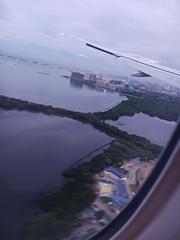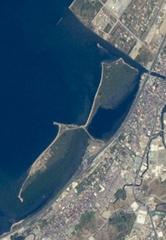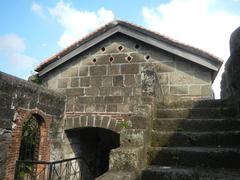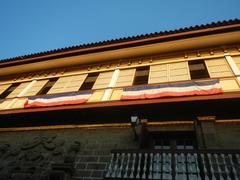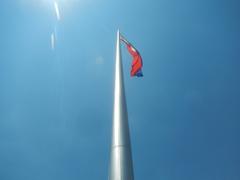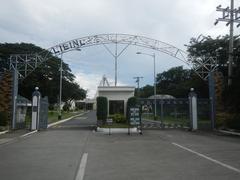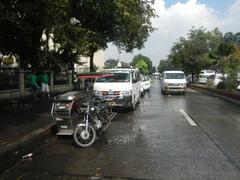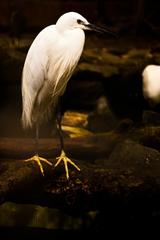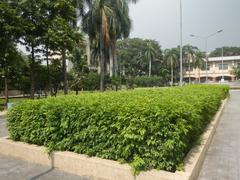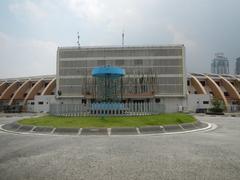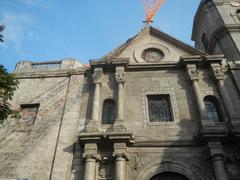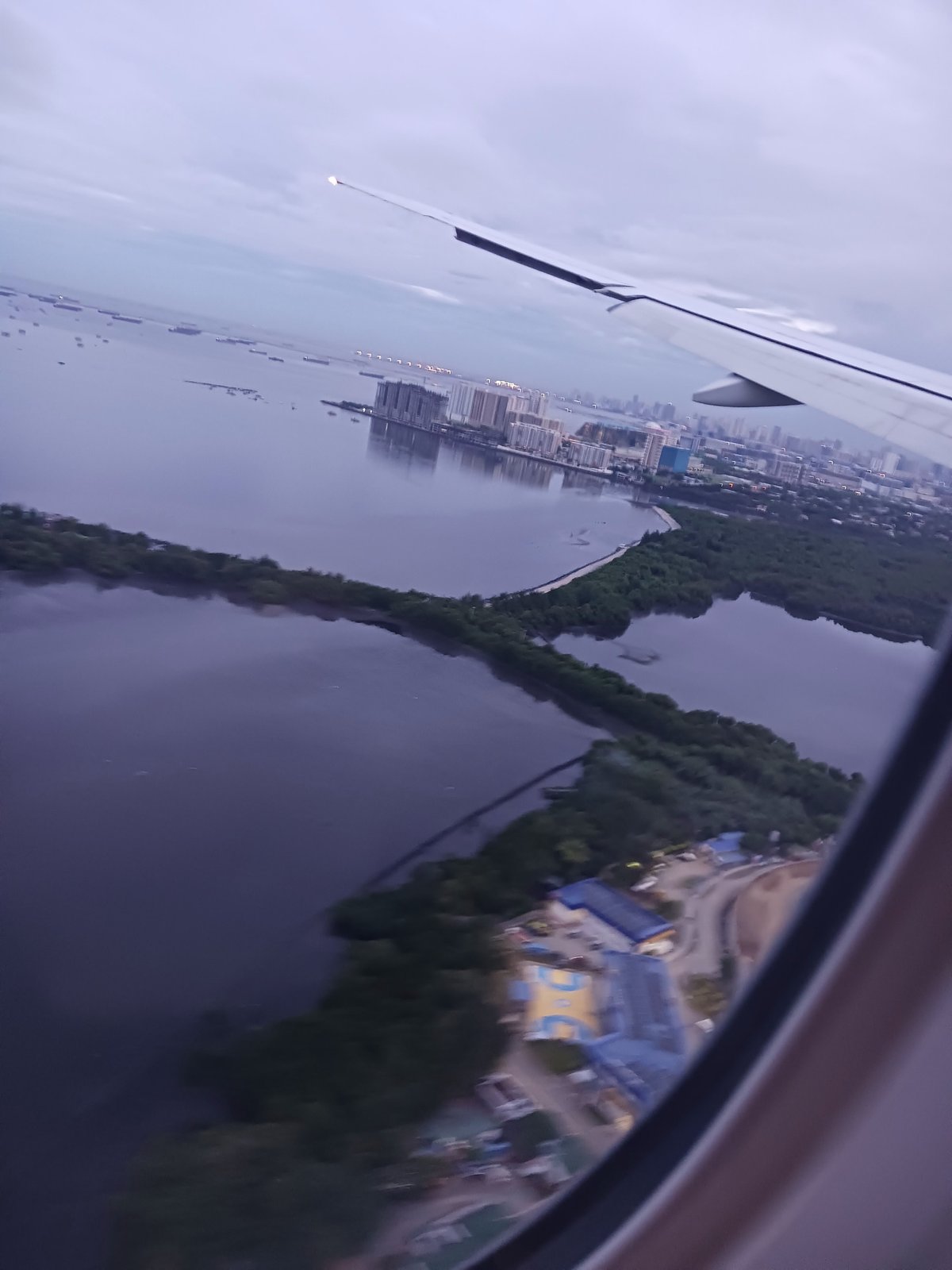
Las Piñas–Parañaque Critical Habitat And Ecotourism Area
Visiting Freedom Island Trail: A Detailed Guide
Publication Date: 19/07/2024
Introduction
Freedom Island Trail, located near Taguig in the Manila Bay area, Philippines, is a hidden gem that offers a blend of ecological, historical, and cultural experiences. Officially known as the Las Piñas-Parañaque Critical Habitat and Ecotourism Area (LPPCHEA), Freedom Island serves as a sanctuary for a diverse array of wildlife, particularly migratory birds. Established in 2007 through Presidential Proclamation No. 1412-A, the island was preserved to protect its significant ecological value, transforming it into a vital stopover for birds migrating along the East Asian-Australasian Flyway (DENR). The island’s name, ‘Freedom Island,’ signifies its role as a refuge for wildlife and a symbol of environmental freedom and preservation. This guide will provide an in-depth look at the history of Freedom Island, visitor information, travel tips, and nearby attractions, helping you plan an enriching and eco-friendly visit.
Contents Overview
- Introduction
- History and Significance
- Historical Background
- Cultural Significance
- Visitor Information
- Tickets and Visiting Hours
- How to Get There
- Travel Tips
- Nearby Attractions
- Special Events and Guided Tours
- FAQ
- Conclusion
History and Significance
Historical Background
Freedom Island, also known as the Las Piñas-Parañaque Critical Habitat and Ecotourism Area (LPPCHEA), is a significant ecological zone. Established in 2007 through Presidential Proclamation No. 1412-A, LPPCHEA was designated to protect the diverse species of flora and fauna in the area (DENR). Initially part of a larger reclamation project in the 1970s, the island was preserved due to its ecological importance, transforming into a sanctuary for migratory birds and other wildlife. The name ‘Freedom Island’ reflects its role in providing a haven for wildlife and its contribution to environmental freedom.
Cultural Significance
Aside from its ecological importance, Freedom Island holds cultural significance for the local communities. The area is a testament to successful conservation efforts in the Philippines and serves as an educational site for raising awareness about environmental issues. Local schools and organizations frequently conduct field trips to the island, integrating lessons on biodiversity and sustainability.
Visitor Information
Tickets and Visiting Hours
Freedom Island is open to the public year-round. Visiting hours are from 6:00 AM to 6:00 PM daily. Entrance is free, but donations are welcome to support conservation efforts. Guided tours are available upon request, providing in-depth knowledge and a richer experience.
How to Get There
Located near Taguig, Freedom Island is easily accessible by public transportation or private vehicle. Parking is available on-site. Visitors can also take a ferry from the Manila Bay area to reach the island.
Travel Tips
- Best Time to Visit: Early mornings and late afternoons are ideal for bird watching and enjoying the cooler temperatures.
- What to Bring: Binoculars, cameras, hats, sunscreen, and comfortable walking shoes are recommended.
- Respect Wildlife: Maintain a safe distance from wildlife and avoid disturbing their natural habitats.
Nearby Attractions
While visiting Freedom Island, consider exploring other nearby attractions:
- Taguig Historical Sites: Visit the Veterans Museum and the Archdiocesan Shrine of St. Anne for a glimpse into the area’s rich history.
- Ecotourism Spots: The Las Piñas Bamboo Organ and the Coastal Road Bike Trail are popular among nature enthusiasts.
Special Events and Guided Tours
Freedom Island hosts special events such as bird watching festivals, clean-up drives, and educational workshops throughout the year. Guided tours are available, offering insights into the island’s ecology and conservation efforts. Photographic spots abound, making it a paradise for nature photographers.
FAQ
- Is there an entrance fee? No, entrance is free, but donations are appreciated.
- Are pets allowed? Pets are not allowed to ensure the safety of wildlife.
- Can I bring food and drinks? Yes, but ensure you take your trash with you to help keep the island clean.
Call to Action
Ready to explore Freedom Island? Plan your visit today and immerse yourself in the natural beauty and rich history of this unique destination. For more updates, follow us on social media and check out our other related posts on ecotourism in the Philippines.
Visuals and Media
Conservation Efforts
The conservation efforts at Freedom Island are spearheaded by various government and non-government organizations. The Department of Environment and Natural Resources (DENR) plays a crucial role in managing the island and implementing conservation programs. Local environmental groups also contribute to these efforts through initiatives such as mangrove reforestation, bird monitoring, and community education programs. These collective efforts aim to preserve the island’s unique ecosystems and promote sustainable tourism.
Future Developments
Plans are underway to enhance the visitor experience at Freedom Island. These include the development of additional trails, improved signage, and the construction of observation decks for bird watching. Efforts are also being made to increase community involvement in conservation activities, ensuring that the island remains a vital ecological sanctuary for future generations.
Summary and Key Points
Freedom Island Trail in Taguig, Philippines, is more than just a destination; it’s a testament to successful conservation efforts and a haven for biodiversity. As a protected area under the LPPCHEA, it offers visitors a unique opportunity to connect with nature, learn about ecological preservation, and participate in conservation activities. Whether you’re an avid bird watcher, a nature enthusiast, or someone looking for a peaceful retreat, Freedom Island has something to offer. By following the provided guidelines and respecting the natural habitat, visitors can contribute to the ongoing efforts to preserve this ecological sanctuary for future generations. For more information and updates, visit the official website of the Department of Environment and Natural Resources or follow their social media channels.
